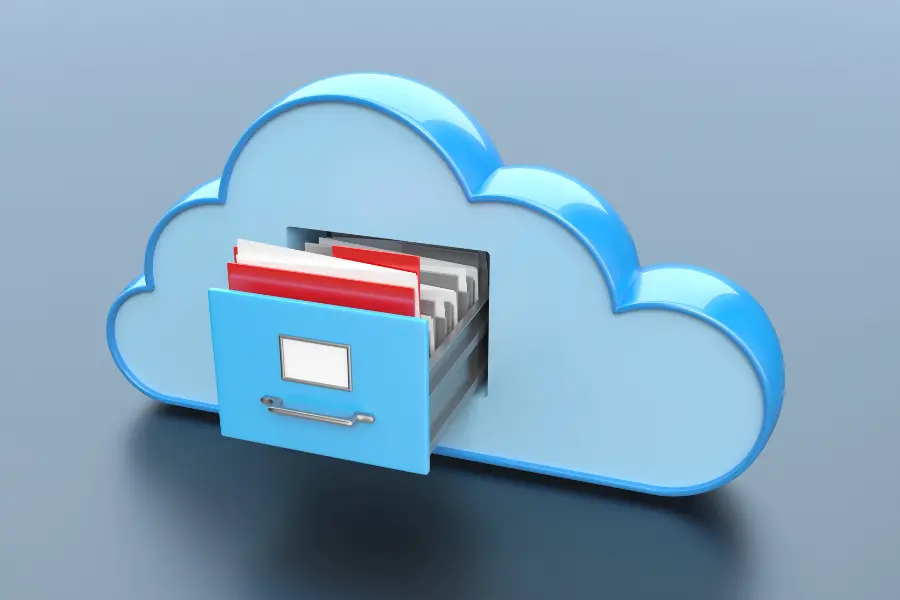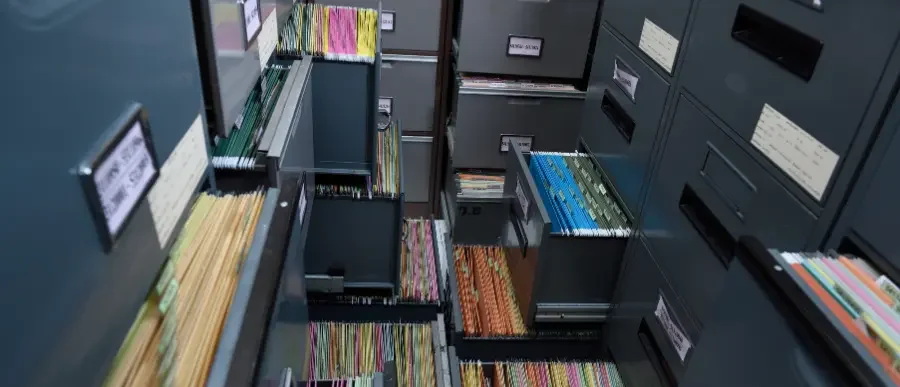
Businesses handle data on daily transactions, customer communications, business operations, and more. Data archival is needed when the data is no longer accessed regularly but still needs to be retained. The goal is to preserve your data during its retention period while maintaining accessibility.
Your organization should have a data archival strategy to cover how you will store and manage your data over time. The plan should cover the entire lifecycle of data, defining and implementing the processes, policies, and data archival methods you will use.
What is Data Archiving?
Data archiving involves systematically preserving data for long-term retention. It allows you to retain inactive data that must be stored for legal compliance or reference purposes.
Inactive data is moved to a separate storage system that is organized and cataloged to facilitate easy retrieval. Distinguishing between active and inactive data streamlines system performance and reduces storage costs overall.
Data Archiving vs. Data Backup
Data archiving is commonly confused with data backup. While both concepts pertain to data storage, their purpose and execution are very different. Data backups are designed to restore data and ensure business continuity in the case of data loss or corruption. Data archiving focuses on storing data for long-term retention.
Backup data is updated frequently, while archives may remain the same for years. Backups are not designed for individual file retrieval, while archives are organized for quick, searchable access to your files.
Data Archival Methods
There are many things to consider when selecting a data archival method. Performance, scalability, and functionality should match your storage needs. Record retention regulations for your industry and location should also be carefully reviewed to maintain compliance.
You may need to implement a combination of methods to create the best strategy for your business. Below, we will take a closer look at common data archival methods to help you decide which is best for your organization.
Tape Storage Media
Magnetic tape storage provides a system that can read, write, and store data. It is an older technology, but it has an excellent cost-to-capacity ratio and a very broad implementation base. Data archived on tapes is stored offline, but can be converted to digital as needed. Tapes are stored offsite in an optimal storage environment for safekeeping and long-term preservation.
Optical Media Storage
Optical media storage is a form of Write-Once, Read-Many (WORM) Storage. Once your data is written, it cannot be modified or deleted, only read. This method is often used for data that must be retained in an unalterable state, such as financial records or legal documents. Optical media is very resistant and has a shelf life ranging from 30 to 200 years.
Disk Storage
Disk storage is comparable to tape as a medium for data archiving. It offers more features such as local and remote replication, data deduplication, and search capacity. However, it requires more data center floor space and power consumption which costs more. Removable disk storage is also available for portability.
Cloud Archiving
Cloud-based storage is scalable and cost-effective. It uses remote data centers to store archived data. Archiving can be done in a public or hybrid cloud, depending on your needed access speeds. Cloud archiving can maintain large amounts of data without the need to buy or upgrade physical systems. It also offers unmatched flexibility and accessibility, making it a popular choice.
Off-Site Storage
Off-site storage solutions offer a safe environment to maintain low-accessibility storage systems. Tape libraries and other facilities provide security and climate control for long-term retention.
Hierarchical Storage Management (HSM)
HSM is a management system for archived data that uses storage media as tiers. Tiers are based on your defined policy with high-performance media (SSDs or HDDs, for example) on one end and slower, less expensive media (tape and optical media) on the other.
Data Deduplication
Data deduplication identifies and deletes duplicate copies of data within your system. Deduplication improves the efficiency of your system and reduces storage needs to save you money.
Compression
Compression reduces the size of your data by changing the format. Additionally, it is a cost-effective method that maintains accessibility.
Database Archiving
Database archiving moves data based on how often it is accessed. Moving inactive data to a separate archival database reduces the size of production databases to improve performance while maintaining the accessibility of older files.
Email Archiving
Email archiving creates a searchable archive of communications for compliance, e-discovery, and knowledge management. It stores all inbound and outbound email messages and attachments in a centralized repository to be accessed at a later date.
Find the Right Storage Solution for Data Archival with Record Nations
Selecting the right storage solutions for data archival begins by looking at your specific requirements. What do you need to archive? Why are archives needed? How often will you need to access archived data? Your budget should also be considered. When you have a clear understanding of what you need, Record Nations can help you build a storage system.
Call us at (866) 385-3706 or fill out the form to connect with our experts today. We will send you free quotes on the services you need within minutes.














